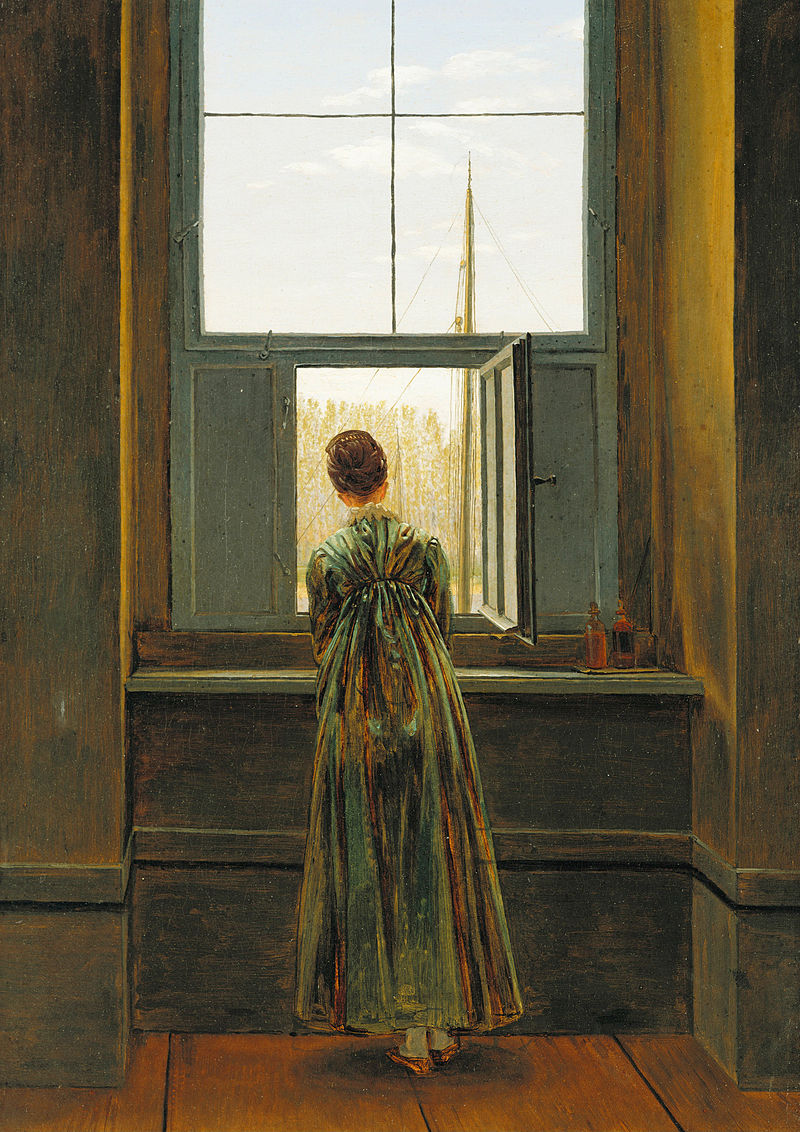At a time when most schools of architecture have courses in what is referred to as “history-theory,” I was struck by a sentence in Laurie Olin’s forthcoming collection, Essays on Landscape. “Contrary to many architects I knew, I believed that theory is developed in retrospect, to account for what had been or was being done in the field, and that it rarely preceded or led creative practice.” Just so. Some buildings are, in a sense, experiments, and when something works, and is taken up by others, it eventually becomes a rule of thumb, perhaps even a theory. Christopher Alexander’s Pattern Language is full of rules of thumb: rooms are nicer when they have windows on at least two sides; vary ceiling heights; a staircase can be a stage. Such rules develop from observation, which is why architectural training has traditionally included travel—it’s important to see things for yourself, and especially to see those seminal buildings that have given rise to rules of thumb—Bramante’s Tempietto, Schinkel’s Altesmuseum, Gehry’s Bilbao. Architecture resembles engineering in that practice leads theory, not vice versa. First you build a flying machine, and later you discover the aerodynamic theory that supports flight.
Photo: Caspar David Friedrich, Woman at a Window, 1822



Write another book! I